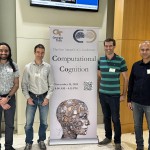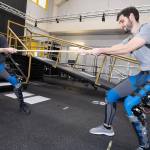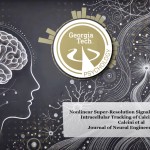In the Press
Pagination
News Listings
The School of Biological Sciences assistant professor has received several awards that will enable…
The internal search will identify an inaugural executive director for the new Interdisciplinary…
Georgia Tech’s Executive Vice President for Research search committee has selected three finalists.
Effective January 1st, Gregory Sawicki will serve as interim executive director of the Georgia Tech…
Data-driven controller enables real-time assistance modulation by accurately estimating both the…
Hosted by the School of Psychology’s Center of Excellence in Computational Cognition, the event…
Researchers created a deep learning-driven controller that helps users in real-world tasks, even…
Highlighting their potential to make significant contributions to science and technology, four…
The School of Psychology, led by Chair Tansu Celikel, has launched Deep Dive into Brain and…









